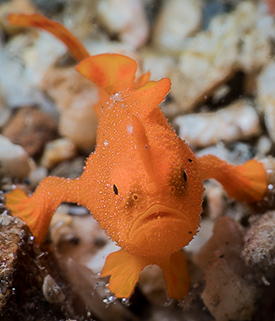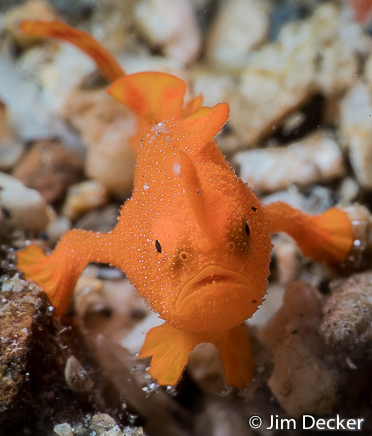Going underwater with the Sony A7R II and the FE 90mm f/2.8 Macro
posted Wednesday, September 16, 2015 at 3:21 PM EST
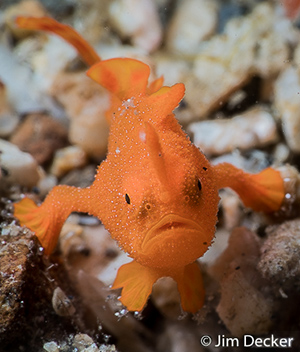
Our friend Jim Decker at Backscatter.com recently returned from combing the ocean depths off Lembeh, Indonesia, with the new 42mp Sony A7R II as well as their new macro offering, the FE 90mm f/2.8, which we reviewed on SLRGear earlier this year. Jim's images and video are really amazing, and he was kind enough to let us display a few here for our readers, along with some of his thoughts on the incredible A7R II and its prowess as an ocean-faring imager.
No matter how many exotic things we've ever photographed above the ocean's surface, there's always something lurking down below that will be different than anything we'll ever encounter while topside. Jim's skill and experience in tandem with the A7R II and the 90mm f/2.8 macro are a worthy combination indeed, capable of teasing these otherworldly oddities out of the depths for the rest of us to marvel at.
A big IR thanks to Jim for sharing his images and experience with us here!
• • •
Sony a7R Mark II Underwater Review
By Jim Decker
Hi Res Sensor with Low light Performance
The Sony a7R II is the first full frame sensor camera to feature a back illuminated sensor. By moving electronics off the sensor, the sensor can gather more light, leading to better low light and high ISO performance. A full discussion of this technology is beyond the scope of this article, but in viewing images shot from 100-1600 ISO, I can't tell any difference in noise. So I would say, yes they did accomplish low noise, high ISO, and hi res in the same camera. The seemingly impossible has become possible!
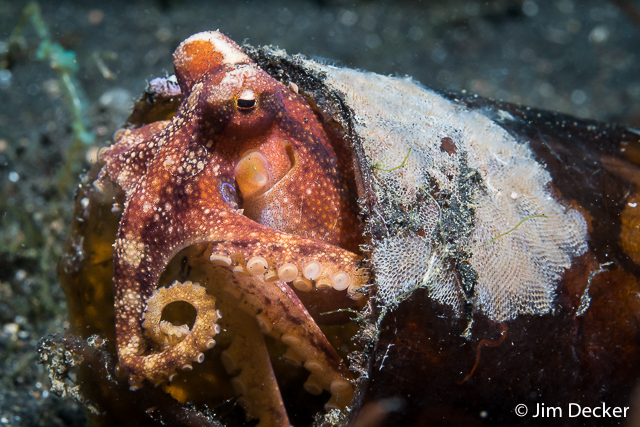
Autofocus with Canon Lenses--Use Your Current Canon Glass
While the big news reported on most photo review sites has been how fast the Sony a7R II can focus with Canon lenses with a Metabones adapter, we've had mixed results with our own testing. Some Canon lenses actually focus super zippy quick with either a Metabones or Photodiox adapter, but we've had some disappointing results as well. The Canon 8-15mm, Canon 16-35mm II, Canon 17-40mm, 24-70 all worked really well and focused super quick. But we had issues with both 100mm macro lenses, neither achieving focus at all within macro distances, and only finding focus at all at about 20 feet away on occasion. We tried the Tokina 10-17mm and had no focus at all, and the Sigma 15 aperture blades freaked out when trying to activate focus. We could not come up with a pattern, i.e., old versus newer lenses, or type L vs. non L lenses. We'll dig into this more and see if we can get more information, and also would like to see if others are having the same results.
For this reason I recommend using Sony glass as a first choice, but I have no hesitation on using a Canon wide lens like a Canon 16-35mm II or Canon 17-40mm, and will definitely be using the Canon 8-15mm as a regular choice since Sony doesn't a have a fisheye zoom lens like that in their arsenal.
Best Sony Lens Choices for Underwater
When the first A7 camera came out a few years ago, the major criticism was no native glass. Sony has aggressively developed and released many lenses since then designed specifically for the A7 series of full frame cameras. Specifically for underwater, our favorite lenses are the 28mm with fisheye converter, Sony 16-35mm, and Sony 90mm macro. This will cover just about everything you want to do underwater. Don't shortchange the 28mm with fisheye converter because it's not a true dedicated fisheye lens. I've shot it previously on other A7 models and can definitely say it is very sharp.
The Sony 90mm macro lens is the longest macro lens released for any mirrorless camera to date. This is a huge deal as it gives a big advantage with a longer working distance for shooting with skittish macro critters. When adding on a diopter for shooting super macro, you'll still have a longer working distance than other shorter focal length macro lenses, even without a diopter.
The Sony 90mm macro lens and the way the camera system handles focus might be a little foreign to someone coming from a DSLR. First, you are either in AF mode or MF mode, even if you have reassigned focus away from the shutter to the AF ON button. In AF mode the focus ring has no effect. This is in contrast to Nikon and Canon whose lenses can be manually focused whether in AF or MF mode. It's really simple to toggle between AF and MF modes. Simply assign the center button to AF/MF toggle. This can be an annoyance for anyone coming from either a Nikon or Canon system used to working this way, but it's easy to get used to the way the Sony works and it has some advantages.
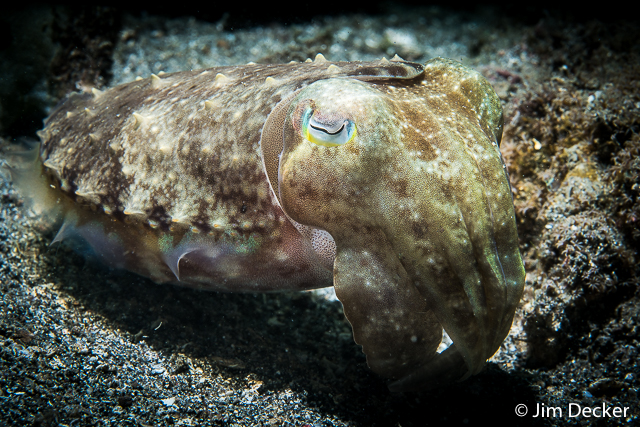
This allows more working distance when dealing with skittish subjects that might otherwise take off if
you got too close.
Focus Peaking--See Super Macro Critical Focus Even If Your Vision Isn't Perfect
When in MF mode you can also have focus peaking active. This will show you areas in focus highlighted in your choice of color. The color isn't too overbearing and is a massive help in determining critical focus. For those who can see critical focus on a screen or optical viewfinder very well, this is a must for macro shooting. Just look for when the critical area you want in focus is highlighted in the color of your choice, and fire.
Focus peaking also works with depth of field (DOF) preview. The gain on the screen compensates for any loss of light from stopping the lens down, but it is still important to use a focus light to help see subjects clear and help with AF performance in low light. This is an advantage over SLRs as most cameras either don't have access to the DOF preview button, and when you do, the viewfinder is too overly dark to actually see anything when the lens is stopped down, plus there is no peaking in the viewfinder.
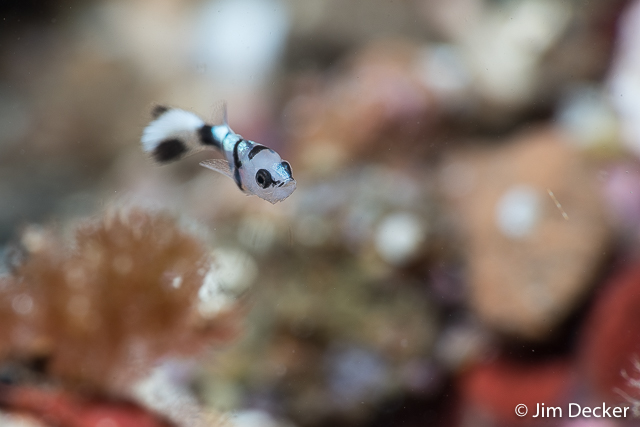
in focus just by looking at the screen. It would have been impossible to see critical focus without focus peaking. Shot with Sony 90mm lens and Nauticam SMC, so the reproduction ratio is a little bit greater than 2:1.
Ready for more, including seeing Jim's videos and hearing about his real-world underwater video experience with the A7R II? Head over to his full review!
Sony a7R Mark II Underwater Review
